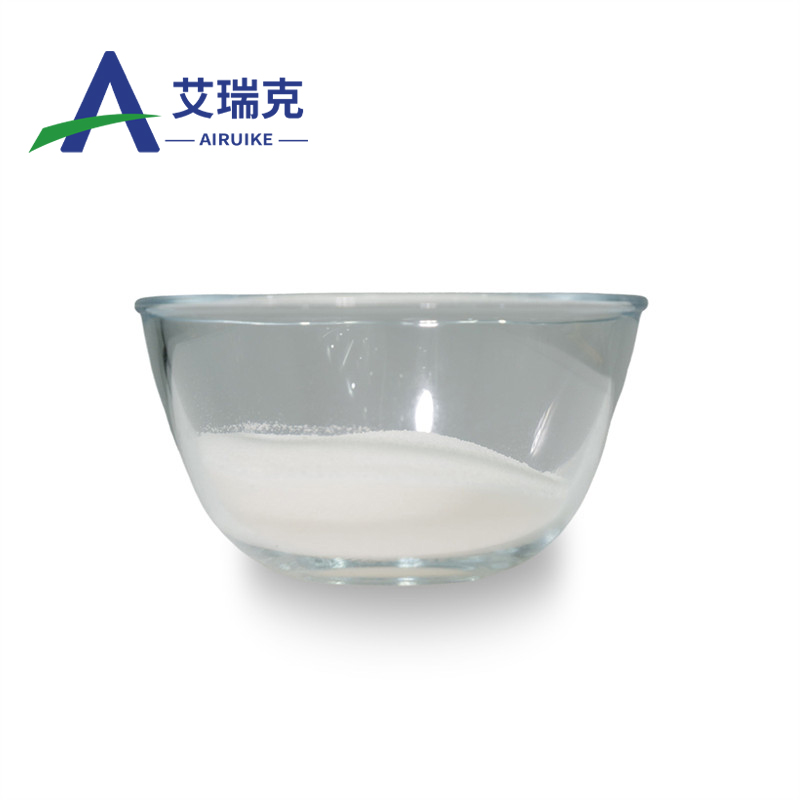-
Categories
-
Pharmaceutical Intermediates
-
Active Pharmaceutical Ingredients
-
Food Additives
- Industrial Coatings
- Agrochemicals
- Dyes and Pigments
- Surfactant
- Flavors and Fragrances
- Chemical Reagents
- Catalyst and Auxiliary
- Natural Products
- Inorganic Chemistry
-
Organic Chemistry
-
Biochemical Engineering
- Analytical Chemistry
-
Cosmetic Ingredient
- Water Treatment Chemical
-
Pharmaceutical Intermediates
Promotion
ECHEMI Mall
Wholesale
Weekly Price
Exhibition
News
-
Trade Service
Cerebral infarction is a very common clinical disease that endangers people's health, especially the elderly, clinicians' work is divided into four stages according to the development of the disease, and then according to the patient's time and clinical performance to determine the patient's condition at which stage and use the corresponding treatment:
1.
Window (hyperacute) phase at the time of reflow: within 6 hours of the appearance of symptoms, during this period, there is often no clear manifestation on the head CT image or only a slight blurred white matter boundary or slightly low-density shadow; In conventional MRI images, there were no abnormal manifestations, high intensity in diffusion-weighted imaging (DWI), low dispersion coefficient (ADC) of water in each pixel of brain tissue, and low perfusion in perfusion MRI (PWI).
At this stage, emergency thrombolytic reflux should be actively treated with cerebral protective therapy, which is expected to reverse the course of the disease and reduce the disability
.
For mild cases, it is also possible to open the lateral branch circulation within the time window and find an effective reflow way
to reduce the damage of reperfusion by boosting and expanding the volume.
2.
Cerebral edema cranial hypertension (acute) stage, after the window period of reflow, that is, the onset of more than 6 hours, according to the size of the occluded blood vessel and infarct foci, can last for 2~4 weeks
.
It shows a low-density shadow on the CT image, and the realm is gradually clear; On magnetic resonance (MRI) pictures, T1WI shows low signal, T2WI high signal, FLAIR high signal, DWI high signal, and ADC low signal
.
Clinically, in addition to focal symptoms such as hemiplegia and aphasia, most patients can have different degrees of consciousness disorders and other whole-brain symptoms
according to the location and range of lesions.
Clinical treatment measures should pay attention to: l) symptomatic treatment, such as maintaining the stability of breathing, blood pressure, blood volume and cardiopulmonary function; 2) Actively anti-cerebral edema, reduce intracranial pressure (including surgical methods in severe cases, decompression of bone flap), prevent the formation of cerebral herniation, and help patients pass the peak period of cerebral edema; 3) Prevent comorbidities and help the body overcome the difficulties of regulatory disorders
.
4) Appropriate use of anticoagulation, fiber lowering and antiplatelet therapy, especially progressive stroke
.
3.
Recovery (subacute) stage: the recovery period
will enter after the symptoms of cerebral edema and cranial hypertension subside.
CT images can show low-density images with clear
boundaries.
On MRI images, T1WI showed low signal, T2WI showed high signal, and FLAIR showed high signal
.
For general treatment, according to the patient's economic conditions, it can be appropriately applied to improve cerebral circulation, neurokinetic drugs and traditional Chinese medicine
.
If there is still high blood pressure, antihypertensive drugs can be used and blood pressure is gradually stabilized around normal levels
.
People with neurological deficits (speech disorders, paralysis, etc.
) should start rehabilitation as soon as possible
.
In addition, re-infarction should be actively prevented
.
4.
In the sequelae period (chronic phase), the liquid density shadow can be clearly displayed on the CT picture; On MRI images, T1WI showed low influence
.
The symptoms of neurological deficits after stroke can only be gradually improved
through functional exercise and rehabilitation.







